
The Moto Cycle: A Wonderful Invention
Sydney Daily Telegraph, March 26 1896
Yesterday afternoon the Cycle Austral Agency gave a public exhibition in George Street of the motocycle, which is causing such a great deal of public interest throughout the world. Since the advent of this machine in England, France, America, Germany, and other countries, it has caused an enormous amount of newspaper controversy. The machine has been attached to carriages and different kinds of vehicles, and many of the London and provincial papers have published illustrations purporting to show that in the course of a few years, carriages drawn by horses would be rarely seen. Already races have been held, for a few months ago a race took place from Paris to Bordeaux and back for motocycle, or horseless carriages, as some choose to call them, and it proved to be very successful. Fully 100,000 people witnessed it. A race has also been held in America. The Prince of Wales has had several rides in one of them, and the mail which arrived in Sydney on Tuesday brought word that His Royal Highness had ordered one, so that it is likely to become very popular.
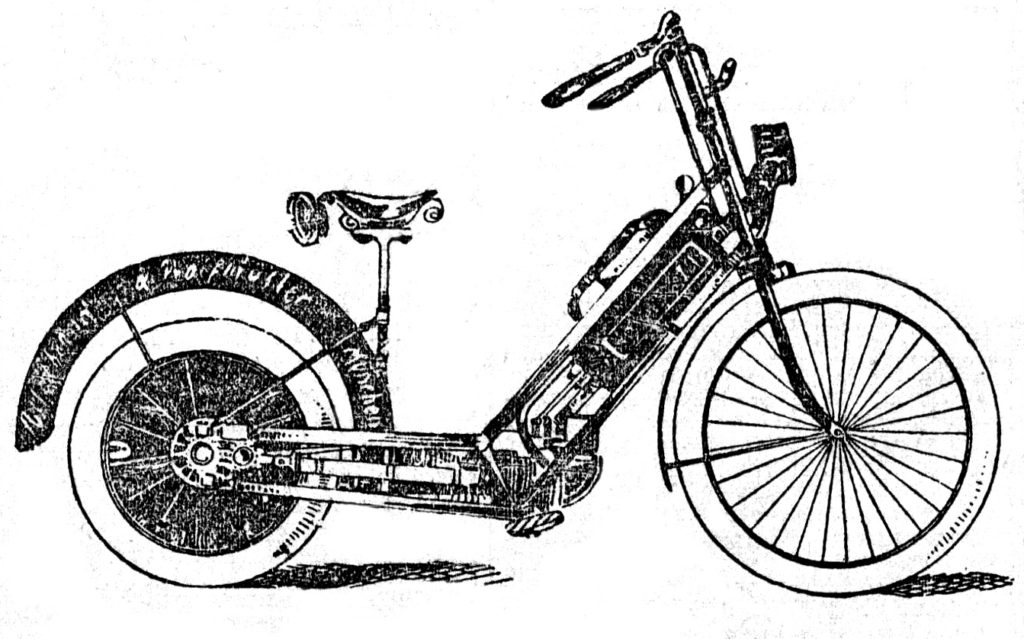
The machine is to be exhibited at the Agricultural Show, and Mr. Henslow, on behalf of the league, last night concluded arrangements with Mr. Elliott, the manager of the Austral Cycle Agency, to give an exhibition of pace on the Agricultural Ground on April 25th, at the race meeting which is to be given to Mssrs. Lewis and Megson prior to their proceeding to England. The machine will pace probably Lewis or Megson a mile, and then will run 5 miles at its top speed, under the care of Mr. H Knight Eaton.
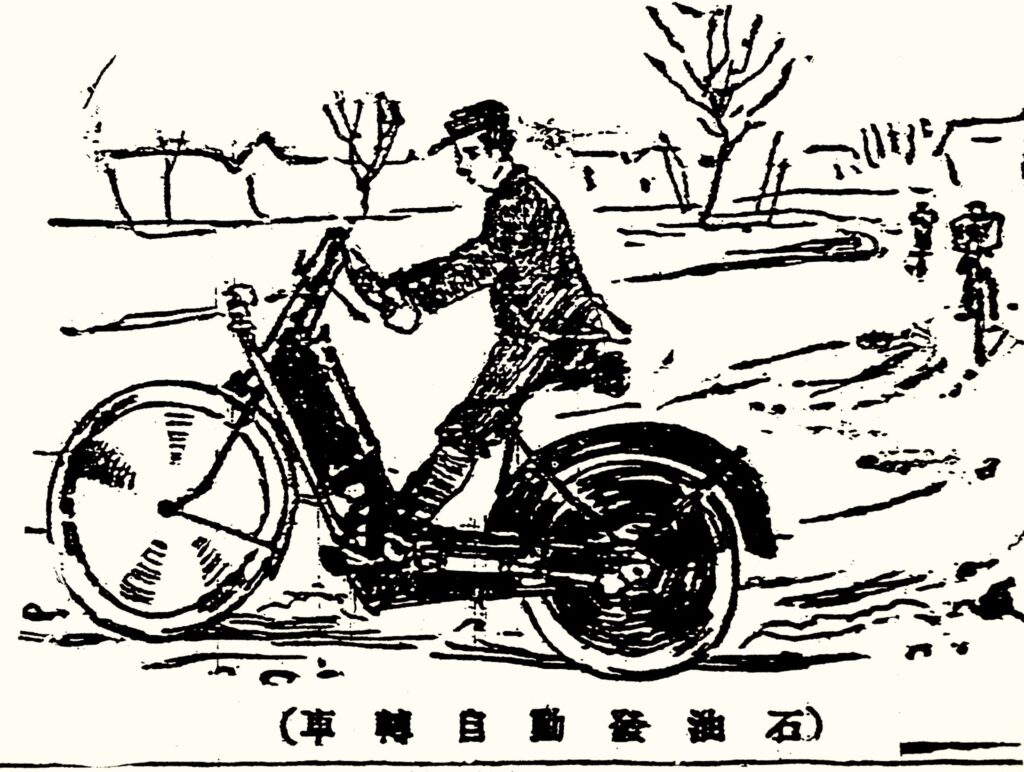
A few more photos with interesting details:
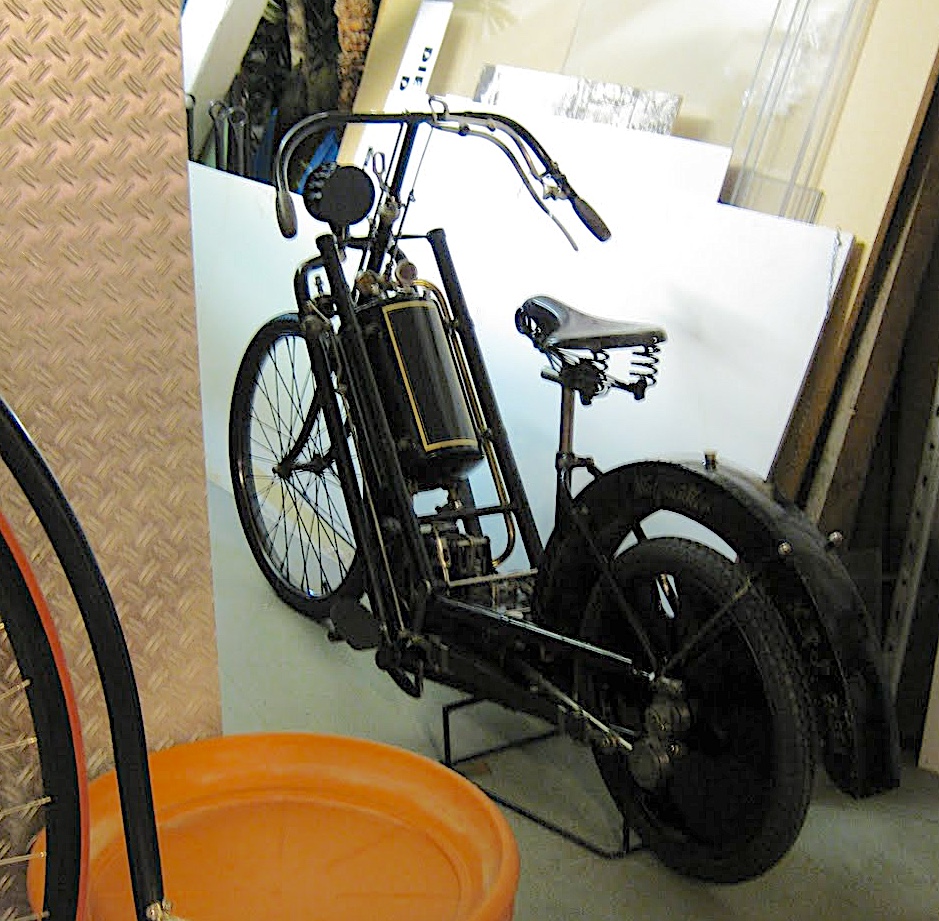
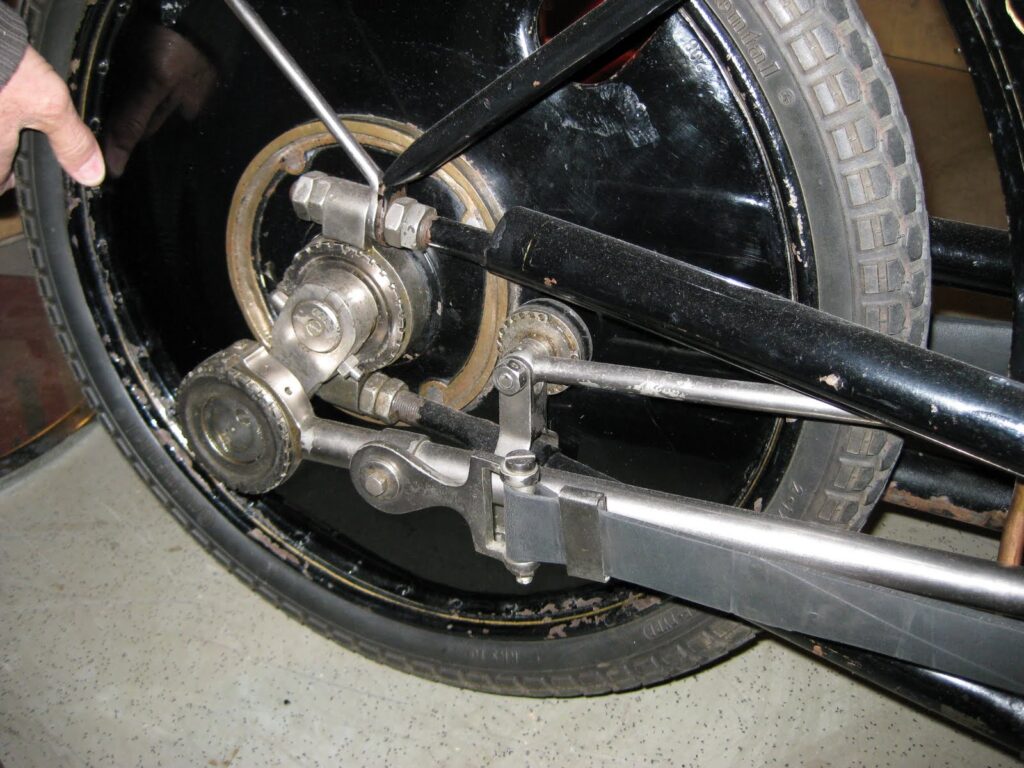
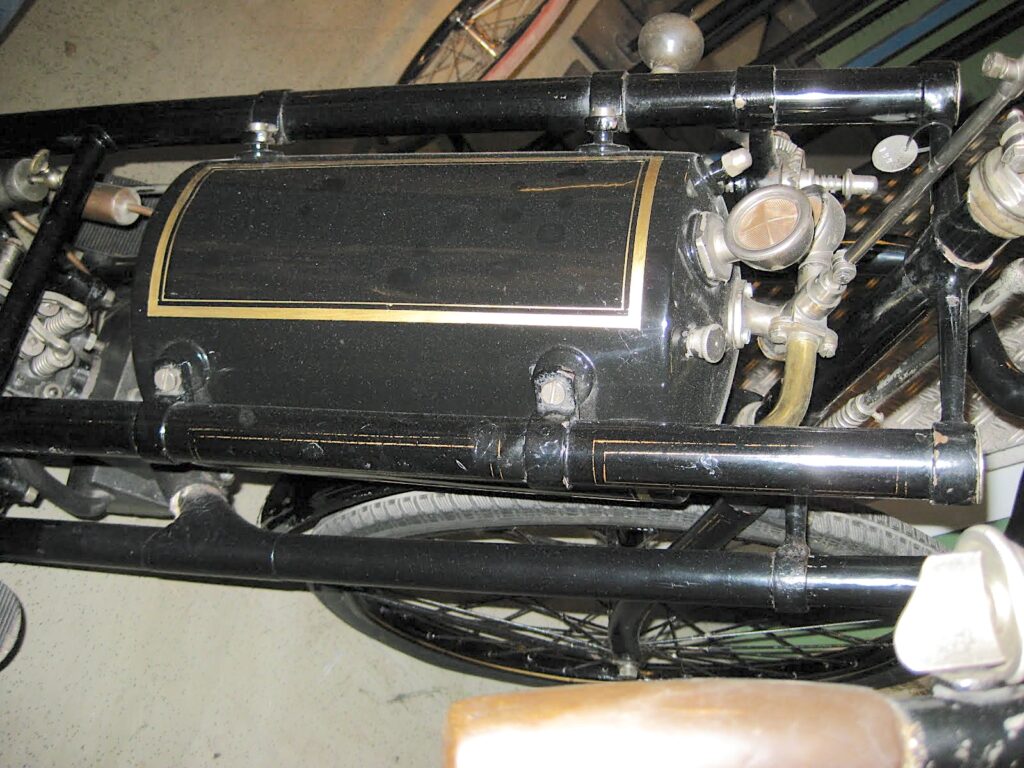


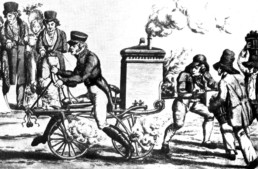
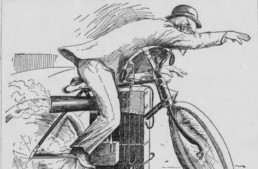
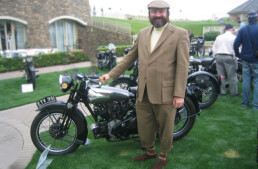
Looking at this … it hits me …. extend the front end a bit … lengthen the frame … put smaller diameter wheels on it etc … and you’ve got the essence of what became the ill fated Gurney Alligator …
Hmmmmmmmm…… makes ya wonder …. eh …. ?
😎
yea and when u widen it and put to extra wheels on it it becomes a car
The Hildebrand imported in France by Ducan & Superbie was not ready to be sold because you
needed to be an expert in mechanics to ride her. This bike was quiet brutal in motion.
They never had any success during the races because they never finished. There was also some big
financier trouble (like the ABC later in England) as the price increased before buyers could have one.
In clear the Hildebrand was only good for demonstration on flat place, ride by an expert.
Yes Ixion (Canon Basil Henry Davies!) book (easy to found at low price because printed during a long time)
is very pleasant to read. And as he make the first six days trials he complained that never ever somebody made a car
without clutch, gear box or rear suspension like the motorcycles from the beginning to 1914. The English had to be
ridiculed by the Indian & Harley during the TT to understand that a gear box and a clutch was a must…
All true, I have seen the failure to start of a very expensively restored Hildebrand and Wolfmüller at Pebble Beach! The mechanic warned if it was too damp and cold the special benzole fuel – not gasoline – would not evaporate properly, and the bike would not start. It did not!
Still, the idea of the motorcycle was so good they sold 2000 of them…
Drear Sir
Family history tells me that my grandfather was given a motor cycle as a Christmas present from his family so that he could visit farms and talk to farmers. This was 1904. Is that possible?
Very much so. By 1904 many famous motorcycle manufacturers were in full swing, including Indian who were on their way to becoming the largest motorcycle manufacturer in the world. Many smaller makes used DeDion motors installed in heavy-duty bicycle frames, and a few built proper ‘motorcycle’ frames for their engines. I have a 1902 Clément Autocyclette in my collection, it was a popular make.